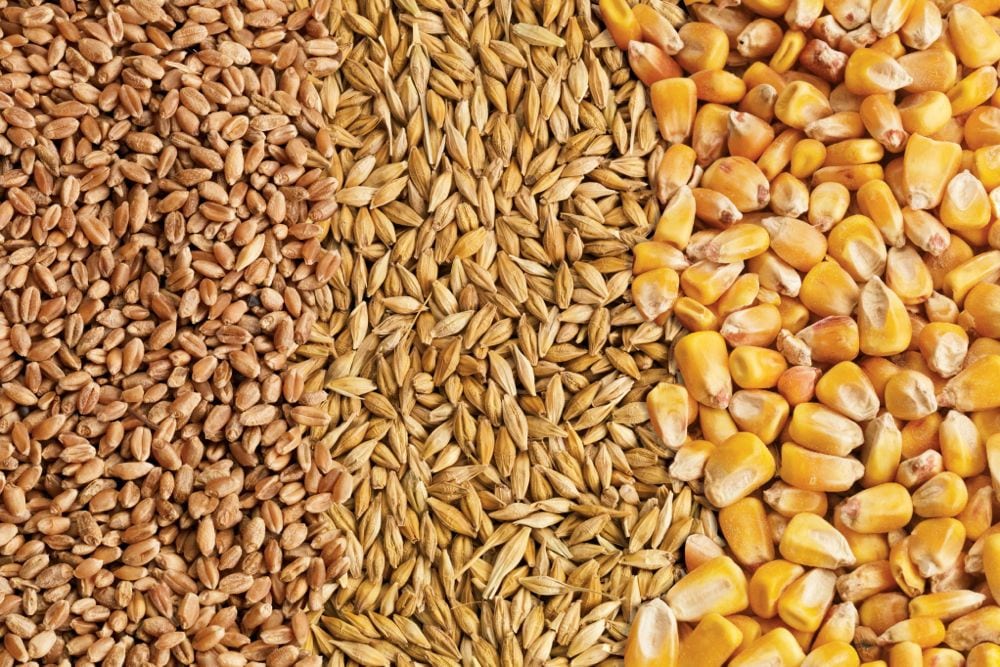The grain and oilseed stocks in all positions report released Friday by Statistics Canada held few surprises over, with the exception of the estimate for peas.
However, there were a few questions raised by the industry regarding the accuracy of the numbers released by the government agency.
The numbers confirmed that usage of the various crops has been aggressive, with the record domestic demand and the record export pace of canola fully recognized, said Ken Ball, a broker with Union Securities Ltd.
Statistics Canada pegged canola supplies on farm and in commercial position as of Dec. 31, 2011 at 9.294 million tonnes, down from 9.434 million at the same time a year ago.
Read Also

Feed Grains Weekly: Good export demand pushing up domestic prices
Prices for feed barley and wheat have been trending higher lately, said analyst Jerry Klassen of Resilient Capital in Winnipeg.
Most of the stock estimates provided by the government agency were in line with industry beliefs, he said, but the exception was for peas, which were tighter than anticipated.
Statistics Canada pegged pea supplies in Canada on farm and in commercial position as of Dec. 31, 2011 at only 897,000 tonnes. At the same time a year ago, Canadian pea stocks stood at 2.465 million tons.
"Any producer holding onto high-quality peas should see bids for those supplies rise as a result," Ball said.
The tight pea supply estimate was associated with reduced production in 2011 and an aggressive first half of year export program for the commodity, said Mike Jubinville, an analyst with ProFarmer Canada.
Exporters, he noted, were aware of the smaller crop due to problems in seeding and the adverse weather during the growing season, and front-loaded the export program.
While the stock numbers overall were likely to be ignored by market participants, there were some concern expressed about the estimates provided by the statistical division.
Jubinville said that in digging deep through all the numbers provided by the government agency, rather than just using the headline figures provided, there appeared to be some confusion.
"Questions arise when you look at the data in the previous marketing year," he said, using the feed, waste and dockage figures that were included in supply/demand tables that were also released by the agency as an example.
"The feed, waste and dockage number for canola is still only 70,000 tonnes, which is impossible," Jubinville said. "It’s telling you that the agency is understating the 2010 crop still."
As a result, if one uses these numbers and put them into the next marketing year’s data, it further dilutes the accuracy aspect of the numbers, he said.
There are concerns among the grain industry that with the understatement of the 2010 and 2011 production numbers, there are also some inaccuracies with these stock numbers, Jubinville said.
Table: Statistics Canada grain and oilseed stocks in all positions report. Figures as of December 31, 2011, in thousands of tonnes.
| On farms | On farms | Commercial | Commercial | Total | Total | |
| 2011-12 | 2010-11 | 2011-12 | 2010-11 | 2011-12 | 2010-11 | |
| All wheat | 16,293 | 16,969 | 4,670 | 3,864 | 20,962 | 20,833 |
| Durum | 2,950 | 3,200 | 956 | 640 | 3,906 | 3,840 |
| Oats | 1,817 | 2,118 | 218 | 260 | 2,034 | 2,378 |
| Barley | 4,711 | 5,210 | 406 | 524 | 5,117 | 5,734 |
| Rye | 65 | 175 | 27 | 27 | 92 | 202 |
| Flaxseed | 300 | 453 | 60 | 58 | 360 | 453 |
| Canola | 7,690 | 7,880 | 1,604 | 1,554 | 9,294 | 9,434 |
| Corn | 6,785 | 6,682 | 1,843 | 2,308 | 8,628 | 8,990 |
| Soybeans | 1,781 | 1,482 | 770 | 1,054 | 2,551 | 2,536 |
| Dry peas | 730 | 2,150 | 167 | 315 | 897 | 2,465 |
| Lentils | 1,410 | 1,380 | 58 | 87 | 1,468 | 1,467 |
| Mustard seed | 160 | 190 | 31 | 30 | 191 | 220 |
| Sunflower | 19 | 75 | 5 | 7 | 24 | 82 |
| Canaryseed | 80 | 146 | 9 | 24 | 89 | 170 |
| Chickpeas | 78 | 90 | 9 | 12 | 87 | 102 |















